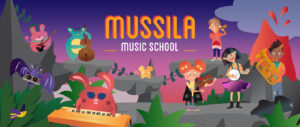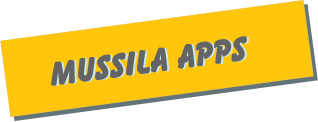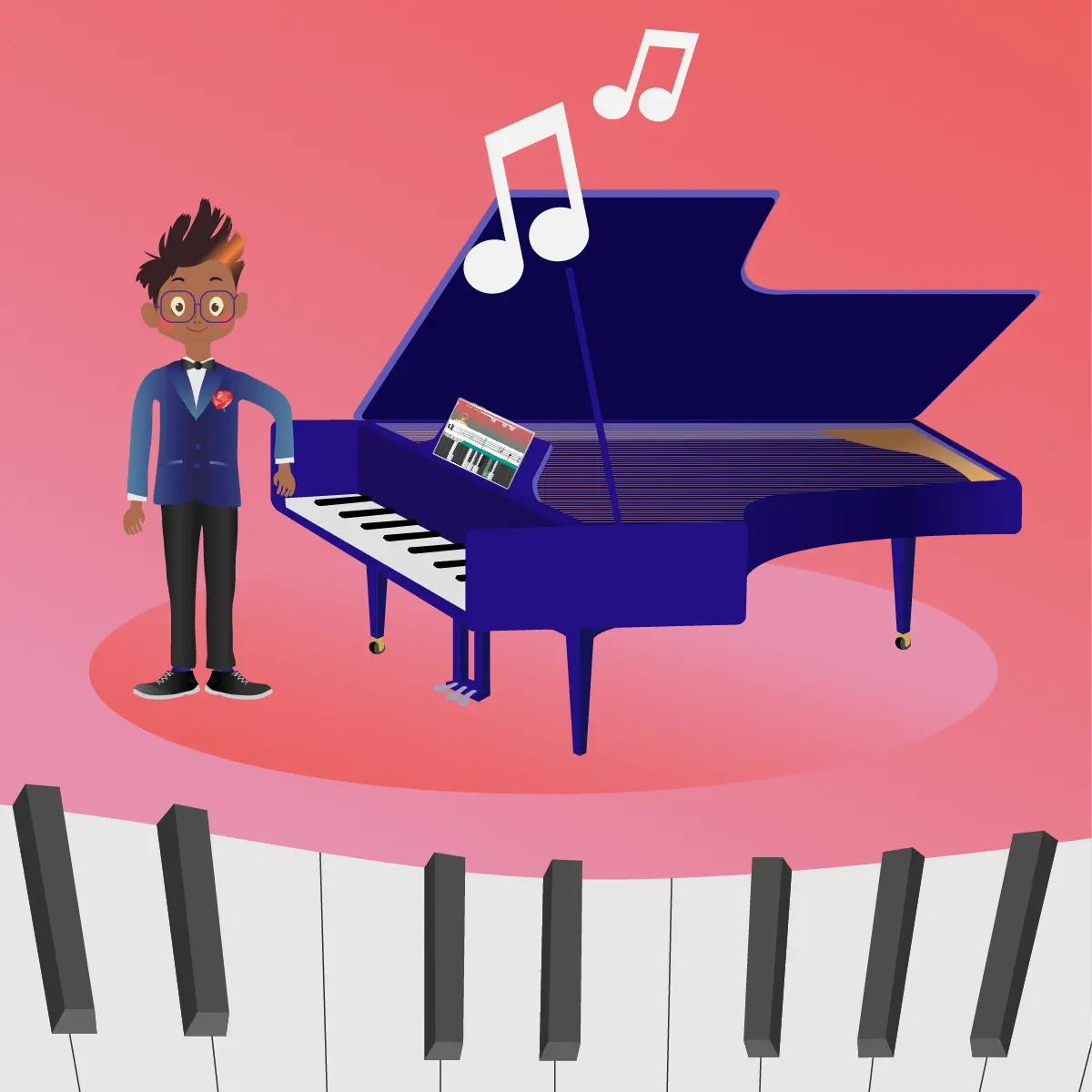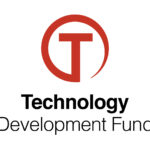By Jonathan Duffy, Arctic Meta
Every parent sends their children off to school hoping for the best. They intend for their kids to receive the best possible education and that it’s delivered to them in a way that will ensure the best possible chances for success in the future.
There are many different variables that can play an important role in the effective practices of an educational organisation. These can come from a broad range of places, including the kinds of teachers they employ, their attitude towards behaviour and the kind of subjects they give importance to.
It can be overwhelming for both parents and teachers to know exactly what practices are going to work the best, and this can leave all parties wondering how to know if they are effective. One way to do this is to check if there has been any research or evidence produced to back certain practices up. But how do parents and teachers do that? What exactly is evidence-based practice? How does it work? How does it help? Read on to find out more.
What is Evidence-Based Practice?
Evidence-based practice refers to practices that have been shown to be effective based on actual evidence. In education, most of the time, this evidence is the result of studies or the collection of a lot of data from many different sources.
In general, evidence-based practices are those that have a lot of high-quality proof to show that they definitely work, or, at least, it has been shown that they have a high success rate.
To put it in an easily digestible anecdote, most people have heard the old legend that you shouldn’t go to bed with wet hair or you should avoid getting too cold because it might make you sick. In reality, this belief on its own doesn’t really demonstrate an evidence-based practice.
There is no evidence to back up the claim that leaving a window open will somehow cause an otherwise healthy person to suddenly develop a cold or flu overnight. Most doctors would agree that this isn’t how disease works; although a dramatic change in temperature isn’t comfortable, it doesn’t suddenly turn on a switch in the human body that creates viruses.
To anyone who dramatically disagrees with this, there is no need to stress; there is actually some science to back up the claim that being cold might lead to sickness, but it’s not what most people think.
Being cold doesn’t cause viruses to spring up in the human body, but it is a variable in contracting them and how severe they can become. What scientists know through careful examination and almost two hundred years of study is that when a person is cold, it can lead to a weakness in the body’s natural immune defence. The human body is in a constant battle with viruses on a daily basis. Most of the time, the immune system takes care of that, but if it’s weakened, the viruses can win and take over.
So while being cold doesn’t really make people sick, it’s certainly a factor. So shutting a window because the cold will make someone sick is NOT an evidence-based practice, but closing a window because being cold can weaken the immune system if a person happens to already have a cold virus in their system IS an evidence-based practice.
Evidence-based practices seek to look at things that work and figure out exactly why and how to keep them working or make them work better.
Within education, evidence-based practices are ones that are carried out because experts know that they work. It doesn’t mean that they cannot be challenged, but it does mean that a lot of study has gone into proving their efficacy.
The 5 Steps of Evidence-Based Practice

Determining if an educational practice works and how effective it actually is can be a complicated process, but evidence-based practice generally follows five easy steps.
Ask a Question
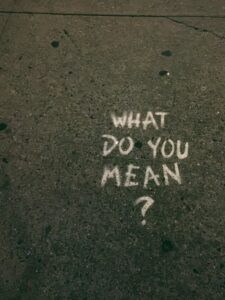
This is pretty simple. It’s the point in the process where the need for information is established. Usually, the question should be clear, concise, and something that could actually be answered, so although it’s clear and concise, ‘What is the meaning of life?’ probably isn’t going to lead to an evidence-based practice.
One question that could be used as an example is ‘Should lessons begin with revision of previous learning?’
Find Information or Evidence to Answer a Question

This is the part where the scientists usually get involved. This process is about finding a way to get a definite answer to the question. It might seem like an easy task. So people want to know if revision should be done at the start of a lesson. So first, find a group of students and give them revision, find another group who don’t get revision and then test them to see what the result is… Right?
Sort of; it’s a lot more complex than that. In education, there are a lot more variables in this situation. Researchers need to make sure their findings are relevant to as many students as possible, so it might involve a huge project that spans a long period of time.
Critically Review the Information or Evidence

This is the point where all the information collected needs to be arranged, and a critical eye needs to be cast over every element. At this point, researchers need to be sure there is nothing at all that could be causing the result they have found besides the thing they are hoping to prove. This can be difficult, and sometimes even one small piece of information can mean all the evidence is worthless or the study needs to be conducted again.
Integrate Reviewed Evidence With Your Own Expertise

This part of the process can be seen as the point where the evidence that has been discovered can be turned into a new practice or process, but before everyone starts to do it, it needs to be tested again with additional critical review from experts.
So in the case of the question asked earlier. If research has found that conducting revision at the start of a lesson does actually improve knowledge retention in students, it should be tested. How much revision is necessary? How should the revision be conducted? Is it different for different students?
This is kind of like a troubleshooting phase. Sometimes this is where certain schools or classes might try something new for a period of time so they can iron out the kinks in the process and make it more effective for all classes.
Evaluate

Just because something has been discovered to work doesn’t mean it’s going to work forever. This period is about checking to see that a new practice still works; if not, why not? This part of the process shows that any expert or industry should always be trying to innovate and improve for the benefit of all involved.
Evidence-Based Practice in Teacher Education
The way teachers learn how to teach has come a very long way in a relatively short space of time. For most of the last century, the method of educational instruction was pretty much the same everywhere in the western world. A class was a plain room with a blackboard, and a teacher was a person who delivered knowledge. The way they delivered it was the same for every student, almost without exception.
In the last 50 years, however, the importance of evidence-based practices has become more and more important to the way teachers actually learn how to teach.
A history teacher in the 1930s knew how to teach history, whereas a history teacher in the 21st century knows how to teach history but has also extensively learned how the way they deliver information can play a vital role in its success. They have an understanding of the different learning styles of children and methods of dealing with learning difficulties and neurodiversity, among other things. They’re also less likely to pause in the middle of a lesson to light a cigarette.
In a lot of ways, learning has become easier for students, but learning to be a teacher requires a lot more study and knowledge than ever before.
How Can Evidence-Based Practice Help Teachers?

The biggest way that evidence-based practice can help teachers is that it takes the guesswork out of trying new things in the classroom. Not unlike a doctor prescribing a course of medication to help lower a patient’s blood pressure, using practices that have been proven to work through rigorous testing can be a game-changer for educators.
How to Build a Framework for Teacher Educators’ Personal Factors

When it comes to implementing evidence-based practices, it’s important to factor in the many variables that might assist or hinder a teacher’s ability to get the best out of new innovations.
Not every teacher has the same resources available to them, and no two teachers have the same amount of time in their week or funding available to spend on professional development.
Finding new ways of instructing classes or ensuring the retention and understanding of knowledge is great, but it’s not going to be of any use if a teacher doesn’t have the capacity to learn how it works or actually implement it in the classroom.
For this reason, it’s essential to remember that at the end of the day, the teachers are the ones who are going to help instruct the minds of the future, so they are the ones that need the time, funding, space and support to understand new evidence-based practices. This isn’t something that can be easily facilitated, but it’s worth keeping in mind before going to a parent-teacher interview.
How Can I Ensure Children Receive Evidence-Based Instruction?

The simplest way to ensure children are receiving evidence-based instruction is to have open and honest conversations with teachers and school staff. There’s no shame in asking why something is done in a particular way. It’s important to ask if there is evidence to back up the way activities or lessons are carried out, especially if parents are concerned that their child or children are falling behind.
Open lines of communication between schools, teachers and parents are essential in providing the best possible outcomes in education.
How Can Mussila Support Teachers
Mussila was founded based on the idea of using educational technology (EdTech) to improve the learning experience for all involved. The minds behind Mussila spent a long time investigating evidence-based practices in education and finding out how to capitalise on them in a digital format.
Mussila has two main offerings that can help support teachers in the classroom. Mussila has an award-winning musical education application called ‘Mussila Music.’ This was their first major success, and it uses a ‘Learn, Play, Practice, Create’ model to assist students in receiving a complete music education without the need to pay for expensive tutors or even instruments. The only thing they need is a connection to the internet and a device.
Mussila has another incredibly EdTech offering called WordPlay, which uses the same award-winning approach to assist in helping children learn how to read and understand English.
Both of the major offerings from Mussila are available for private use at home, but they also both have a specific version that was created for schools and teachers. The Mussila for schools versions have some interesting features like a Teachers’ Desktop where they are able to check on their students’ progress at a glance. They are also able to create as many group or individual profiles as they like, which can be very handy for collaborative classwork. This helps to facilitate the individual needs of different classrooms.
With Mussila for schools, students are also able to access their accounts whenever they need to, which makes it much easier to set and check homework. Mussila also offers set-up support to make the implementation of this EdTech solution as easy as possible. To learn more about how to access Mussila’s offerings, register for a free trial.
Conclusion

Less than 30 years ago, there were a lot of educational methods that continued to be carried out without question. In the years that have followed, science and established research has begun to become the basis by which educational practices are informed.
It’s an exciting time to learn and teach, a time when the proof is in the results and evidence is everything.



